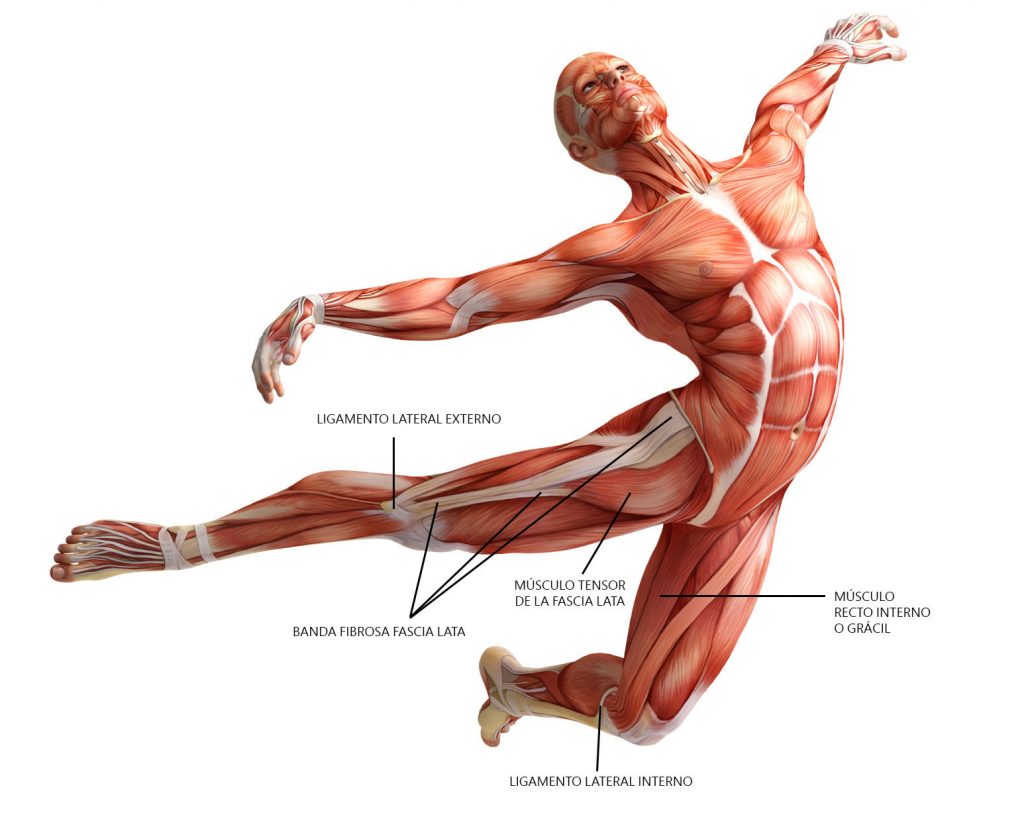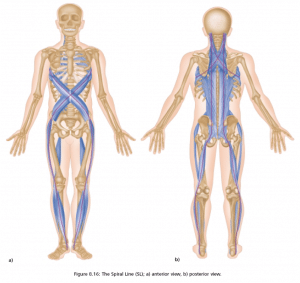 Fascia Fascia Fascia, a major reason why so many of us experience pain is finally being taken seriously.
Fascia Fascia Fascia, a major reason why so many of us experience pain is finally being taken seriously.
The discussion of the fascia begins during our first chiropractic visit with a patient after taking a deep history of their current and previous problems.
This rarely happens in most doctors’ offices, but the discussion of fascia may finally be getting its due in the medical realm.
For years, scientists have looked at fascia through dissections and until recently, it has been largely ignored by the scientific community.
Even when I was in anatomy lab years ago, the fascia was the junk that got in the way as you dissected the cadaver of someone who donated their body. We did not take the fascia seriously until authors such as Stecco and Myers as well as others published their findings and theories. Rolfing has been around for many years and has its approach to working on the fascia.
The Fascia Research Society has researchers presenting their findings that show
- The fascia communicates with both the internal organs and the external organs of muscle and skin.
- The fascia has its own blood supply and neurological network and may be a reason why acupuncture works.
- The outer layers of fascia control muscular function and act like an exoskeleton, and can now explain why so many patients can have a knee problem that is caused by a shoulder issue or a hip problem resulting in postural changes and shoulders and neck pain.
- Surgery can affect fascia in ways we never understood before, as many abdominal surgeries have become active scars that cause chronic back and neck problems.
For those who read this blog regularly, you have read about fascia and how it is part of how we and all mammals function.
Surgical procedures in the abdomen have caused problems in the internal fascia in many people who never were told it could be a problem. The most common are hernia repairs and C-sections.
 Chiropractors are uniquely qualified to evaluate fascia and improve the way it functions and moves.
Chiropractors are uniquely qualified to evaluate fascia and improve the way it functions and moves.
Chiropractors are doctors of movement who look at the body holistically. This helps them understand the patient better as they ask more questions and then evaluate how patients move.
Fascial restrictions can cause many of the common problems such as knee pain, back pain, shoulder pain, foot pain, neuromas, and many of the other conditions resulting from poor adaptation and weight bearing.
They help patients improve naturally using methods such as fascial release, manipulation, and exercises to help the body readapt to a better normal. This helps patients avoid unnecessary tests, x-rays, injections, and surgeries.
Seeing a chiropractor first reduces costs, improves function, and helps people live healthier and more pain-free lives.
Recently, The Conversation as well as other medical websites have begun to report on the latest studies regarding fascia and how medicine is finally looking at musculoskeletal problems more scientifically. Check out the article below
below
Fascia: the most neglected part of our body is finally starting to receive attention
Published: December 27, 2023
We are constantly reminded about how exercise benefits our bone and muscle health or reduces fat. However, there is also a growing interest in one element of our anatomy that is often overlooked: our fascia.
Fascia is a thin casing of connective tissue, mainly made of collagen – a rope-like structure that provides strength and protection to many areas of the body. It surrounds and holds every organ, blood vessel, bone, nerve fibre and muscle in place. And scientists increasingly recognise its importance in muscle and bone health.
It is hard to see fascia in the body, but you can get a sense of what it looks like if you look at a steak. It is the thin white streaks on the surface or between layers of the meat.
Fascia provides general and special functions in the body and is arranged in several ways. The closest to the surface is the superficial fascia, which is underneath the skin between layers of fat. Then we have the deep fascia that covers the muscles, bones, and blood vessels.
Read more
In pain and need help today? Book online here.